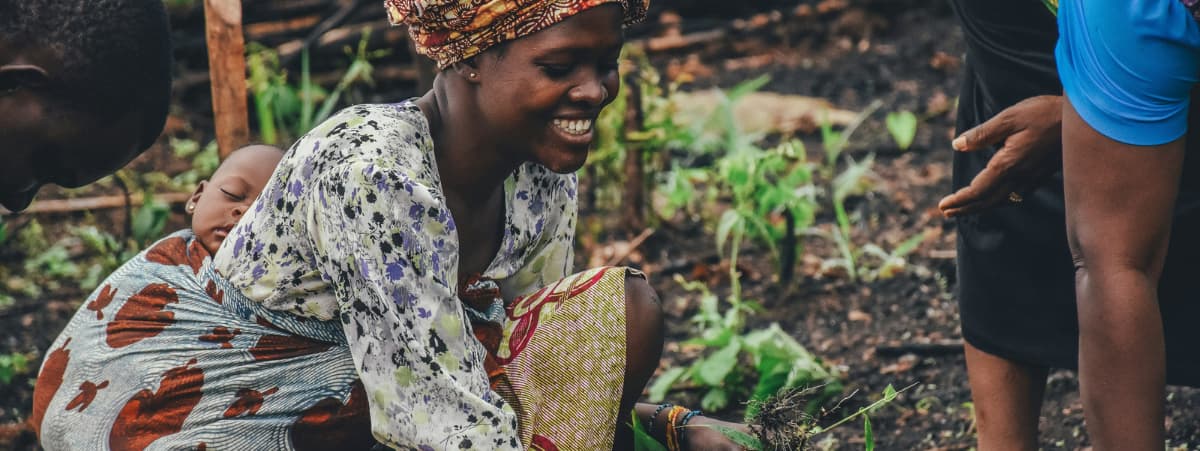The European Union Emissions Trading Scheme (EU ETS) is the continent’s main tool for reducing its greenhouse gas emissions. Learn how it works and why it is changing as part of the European Green Deal.
The EU ETS was launched in 2005 and currently accounts for more than three-quarters of international carbon trading, making it the world’s largest carbon market. It covers specific gases and sectors where emissions can be accurately calculated: electricity and heat generation, energy-intensive industry sectors including oil refineries, steel works, and production of iron, aluminium, metals, cement, lime, glass, ceramics, pulp, paper, cardboard, acids and bulk organic chemicals, and commercial aviation within the European Economic Area.
How does the EU ETS work
The system works on a cap and trade basis, meaning that organizations are only allowed to emit a certain amount of emissions, past which they need to purchase emissions allowances from others that haven’t met their emissions limits.
Each allowance is equivalent to one ton of carbon dioxide (CO2), the most common greenhouse gas, and companies can trade allowances (also called EUA) with each other according to their needs.
If we assume that the limit is set at 10 tons of CO2 (10tCO2) and a company only emits 6tCO2 in a given year, it can either keep the remaining 4tCO2 for its future needs, or sell it at the end of the year to companies that need more than their allocated 10tCO2.
At the end of each year, companies must have acquired enough allowances to cover all their emissions, or they may be subject to heavy penalties.
How much do allowances (EUA) cost
The price of a ton of CO2 is currently about €80, having more than doubled in the past year. This price is expected to rise exponentially in the coming years as countries prepare to meet their 2030 targets.
According to the Carbon Tracker Initiative, if the European Union’s emissions are to remain in line with international targets for preventing climate change, the price of CO2 emissions will have to rise to redirect public and private investment towards production models that help decarbonize the economy.
Revision of the EU ETS
As part of the European Green Deal being implemented within the EU to reach climate neutrality by 2050, the EU ETS is being revised to accelerate the transition. In order to meet the EU’s 2030 decarbonization targets, the sectors covered by the EU ETS need to cut their emissions by 43% compared to 2005 levels.
In the next 10 years, emissions allowances under the scheme will decrease at a rate of 2.2% per year, compared to 1.74% before. Free allocations (the authorization to emit a certain amount of emissions without having to pay for allowances) will continue until 2030, with a distinction for sectors identified as most at risk of relocating production overseas, particularly manufacturing. Companies in this sector will continue to receive free allocations to avoid their relocation to countries where emissions are cheaper. Meanwhile, for other sectors, free allocations will be phased out after 2026 from a maximum of 30% to 0 in 2030.
Other measures are also being considered to avoid so-called “carbon leakage”, whereby companies stop emitting within the EU but simply move their carbon emissions elsewhere. One of these measures is the Carbon Border Adjustment Mechanism.
How to sell or buy CO2 emission rights
ClimateTrade has a qualified and experienced team that operates with a broad base of industrial partners. We provide information, knowledge, and guidance to access markets for Emission Allowances (EUAs), Carbon Credits (CERs), Reduction Units (ERUs) and Voluntary Reductions (VERs) in a simple, equitable and efficient way.
For further information on this service, please contact us.








